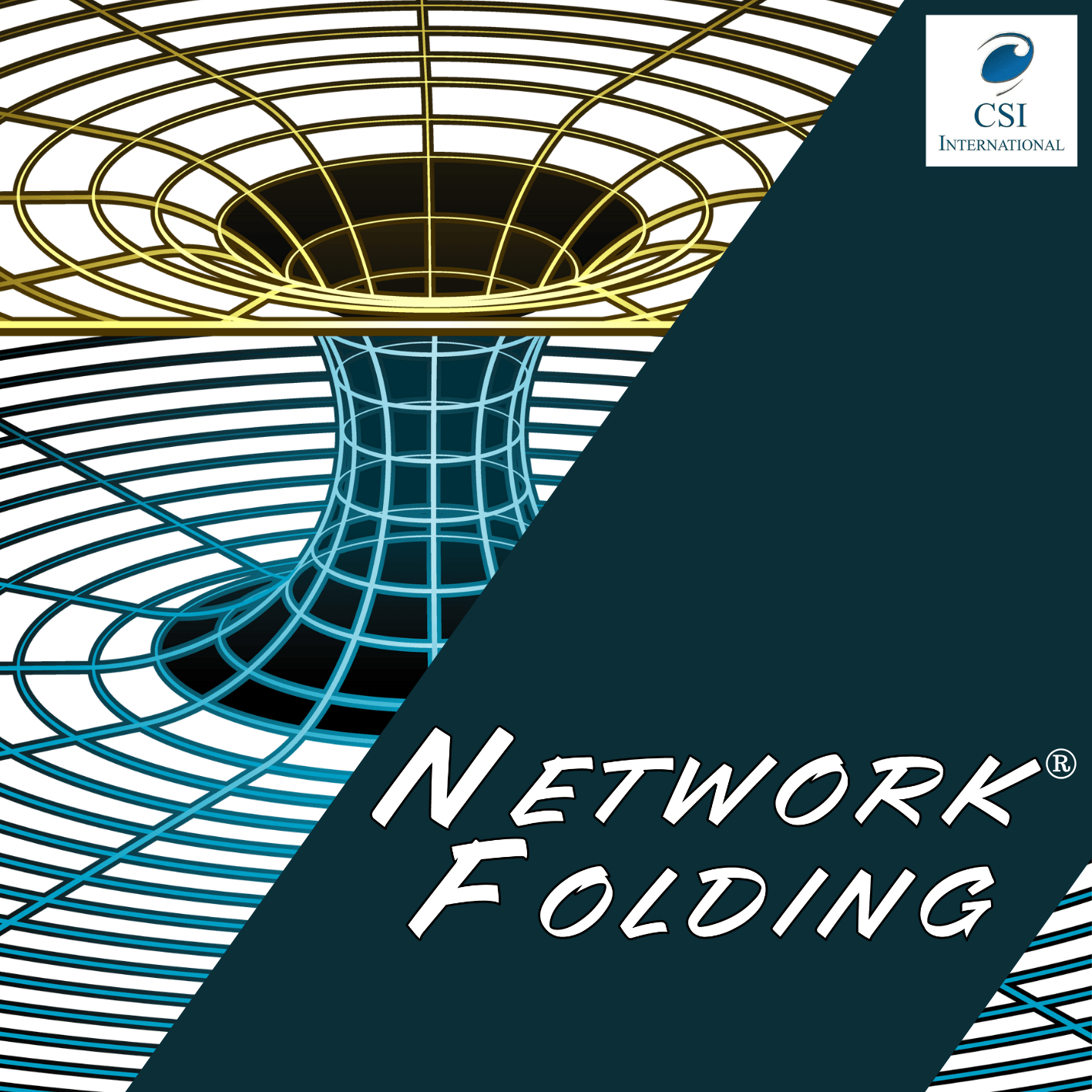The solution to TCP/IP latency is
Finally Here!
Don't get left behind.
Check out the supported operating systems below.
Availability by Operating System
Speeding up networks everywhere
| Operating System | Availability | Documents |
|---|---|---|
| z/VSE | included in TCP/IP 2.3.1 | View Docs |
| z/Linux 1.0.1 | Download now | View Docs |
| z/VM 2.3.0 | Download now | View Docs |
| Linux | Contact Sales | View Docs |
| BSD | Contact Sales | View Docs |
| z/OS | Coming soon | View Docs |
| Windows | Coming soon | View Docs |
| AIX | Coming soon | View Docs |
| IBM i | Coming soon | View Docs |
Network Folding® FAQs
The solution to
TCP/IP network latency
It is finally here! The world is about to get a whole lot faster. Don't get left behind. Request a demo today.




